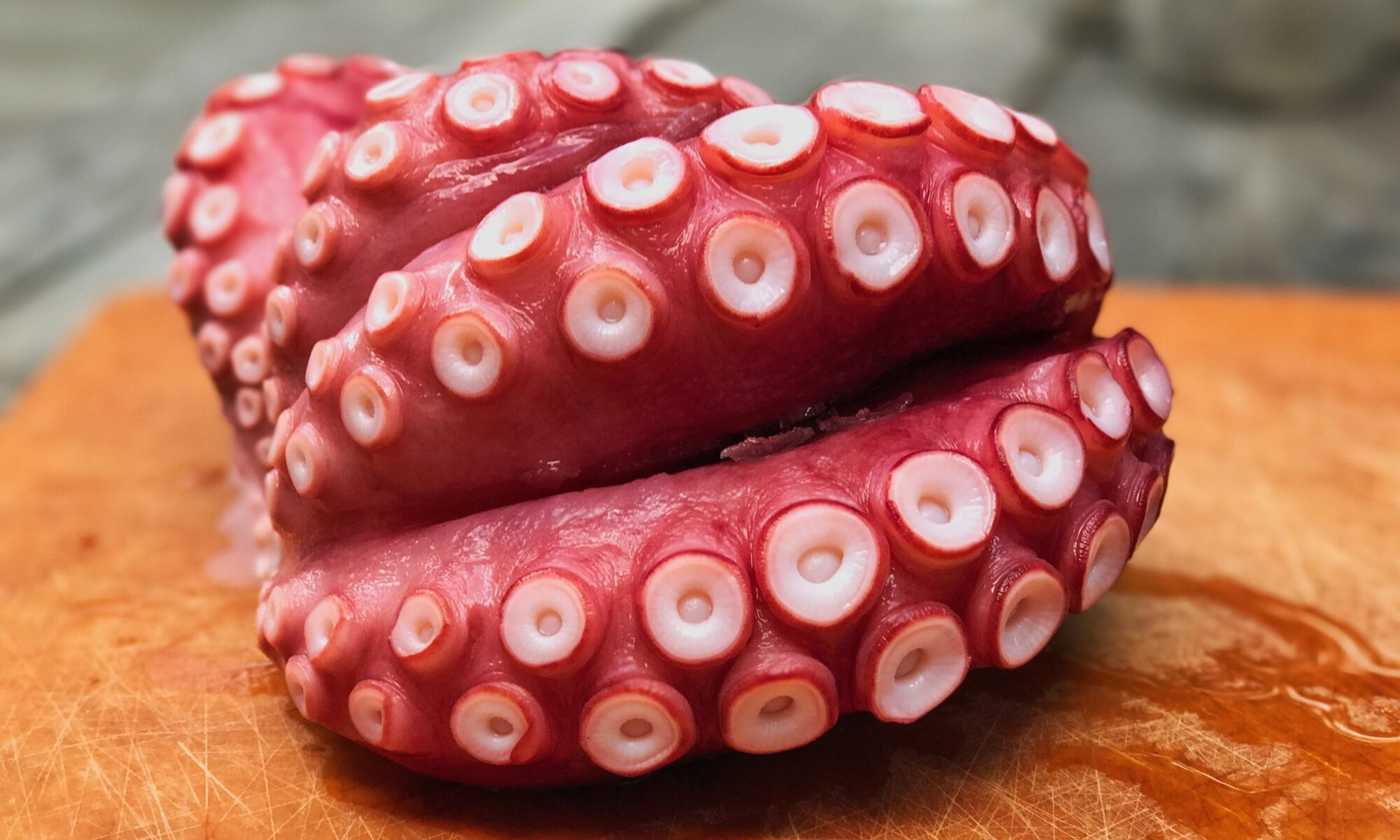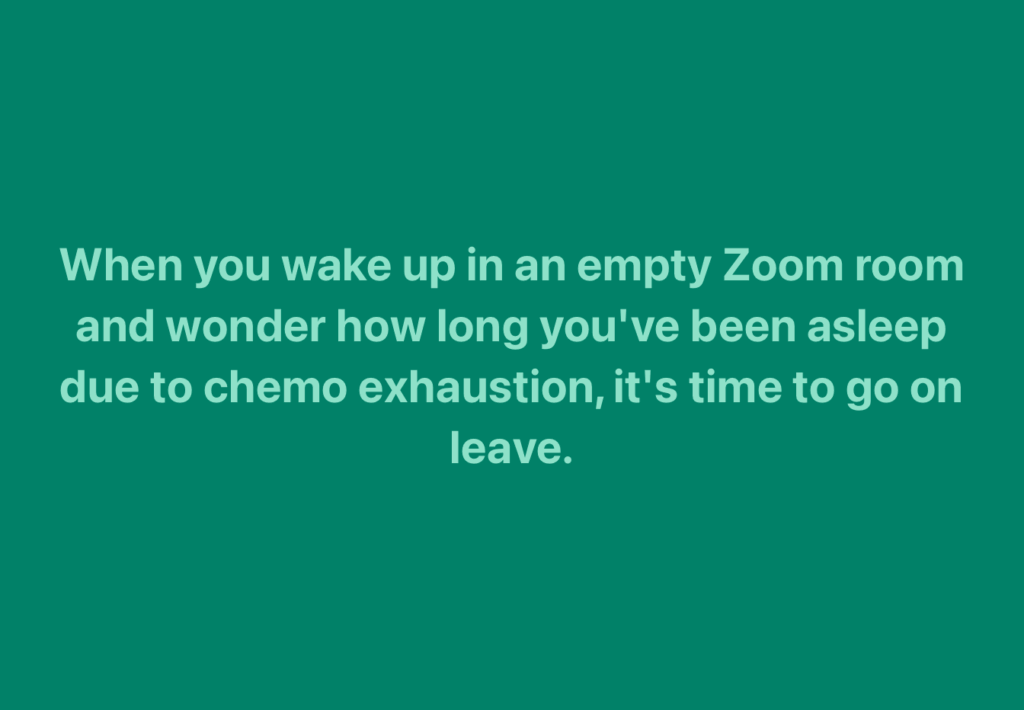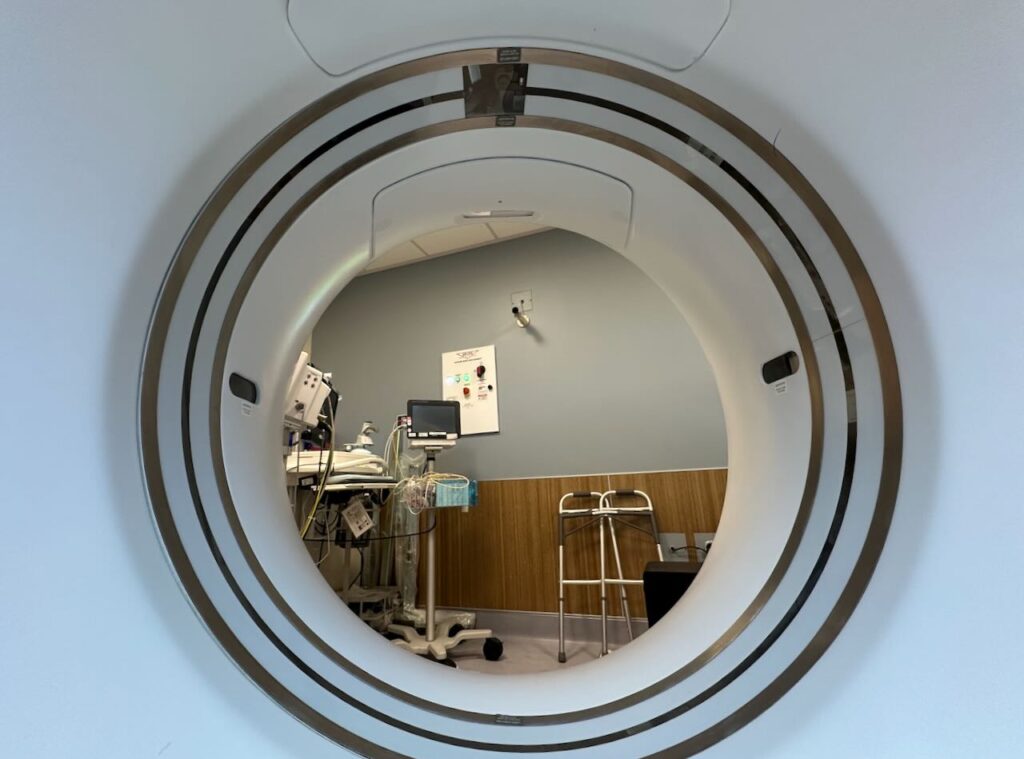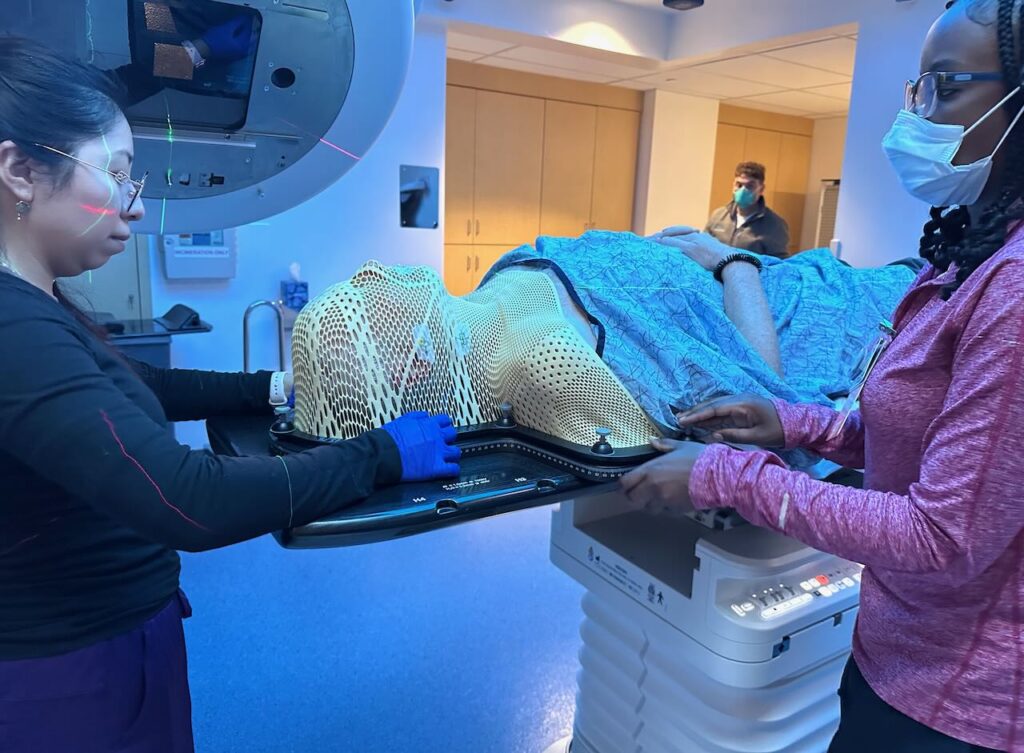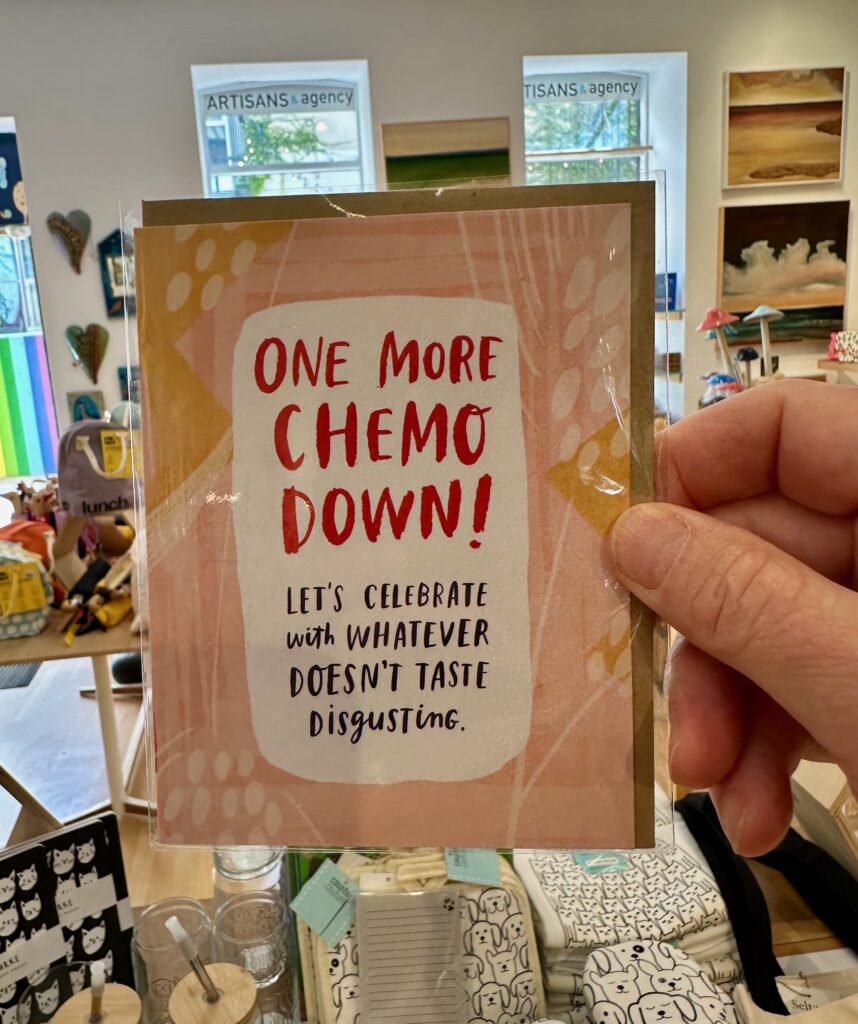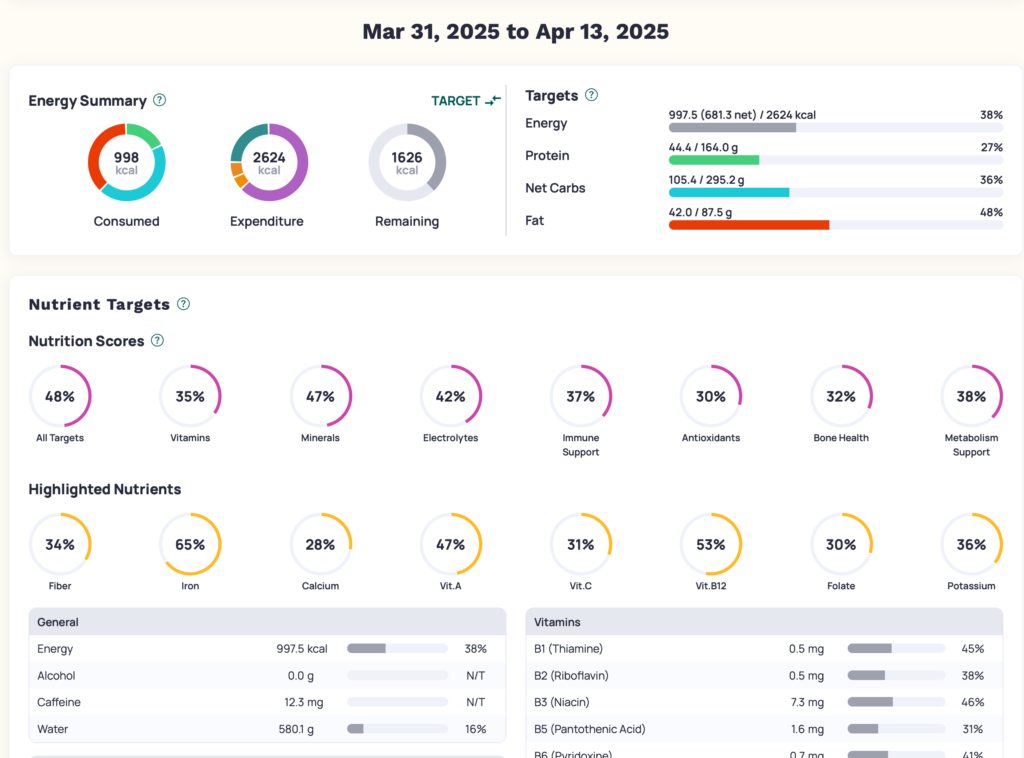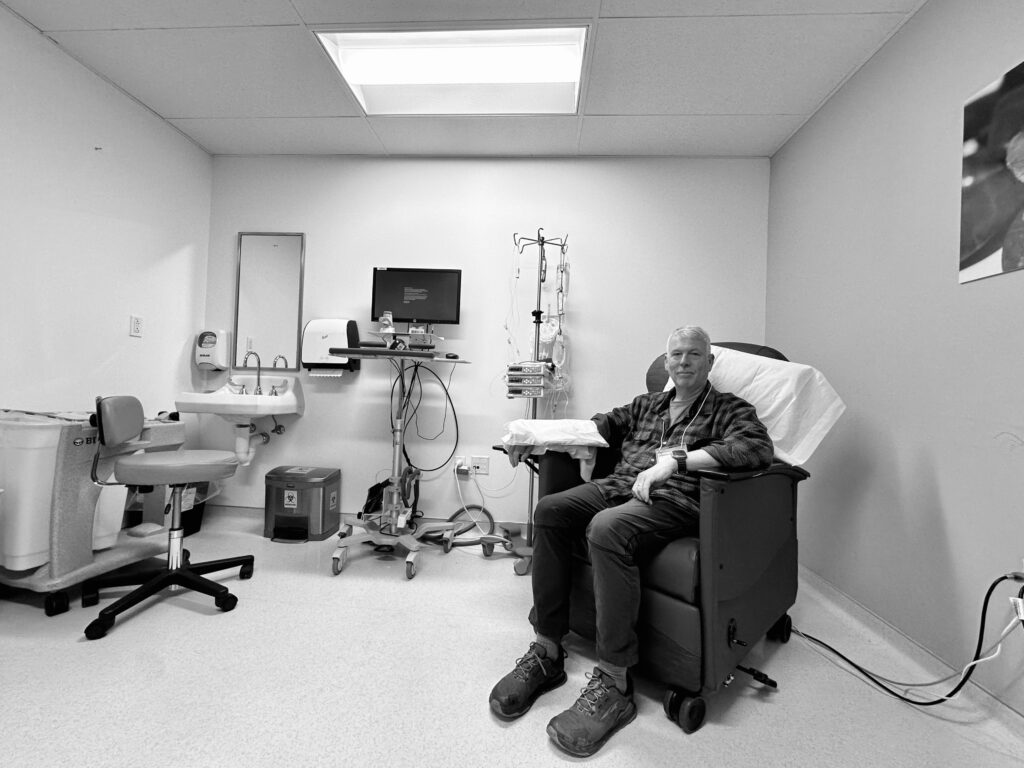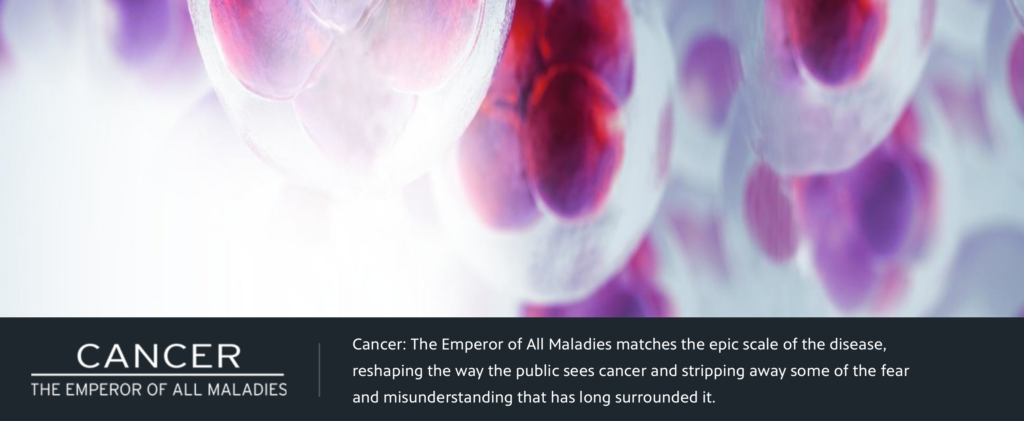The type of cancer I have – Squamous Cell Carcinoma – occurs when the HPV virus that most of us carry in dormant mode for most of our lives, decides for whatever reason to go nuts and mutate.
When I was a kid in the 70s, there was no vaccine for HPV. If there had been, and if I had received it, I would not be fighting an HPV-based cancer today. Today, a vaccine exists, and is remarkably effective at preventing HPV cells from mutating into cancer.
Not only is it incredibly effective with the usual two doses, but it now appears to be very effective even with a single dose, which gives the world an even better chance of vaccinating teens around the world with an effective preventative. From the journal STAT:
A clinical trial run by the National Cancer Institute seems to confirm that a single dose of the vaccine used to prevent infection with the human papilloma virus is just as effective as two — and, therefore, also helps to prevent cancer. The result could transform efforts to reach the three-quarters of children globally who should receive the vaccines but don’t. The shots prevent cervical cancer and also anal, penile, and some head-and-neck cancers. Worldwide, 350,000 women die from cervical cancer, the most common HPV cancer.

Please don’t hesitate – get your teens vaccinated for HPV.
